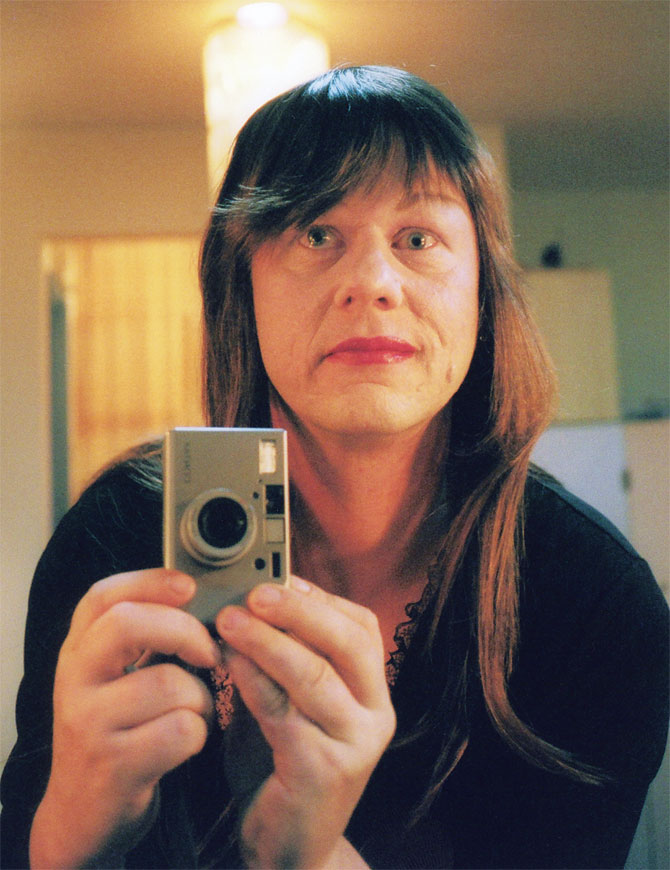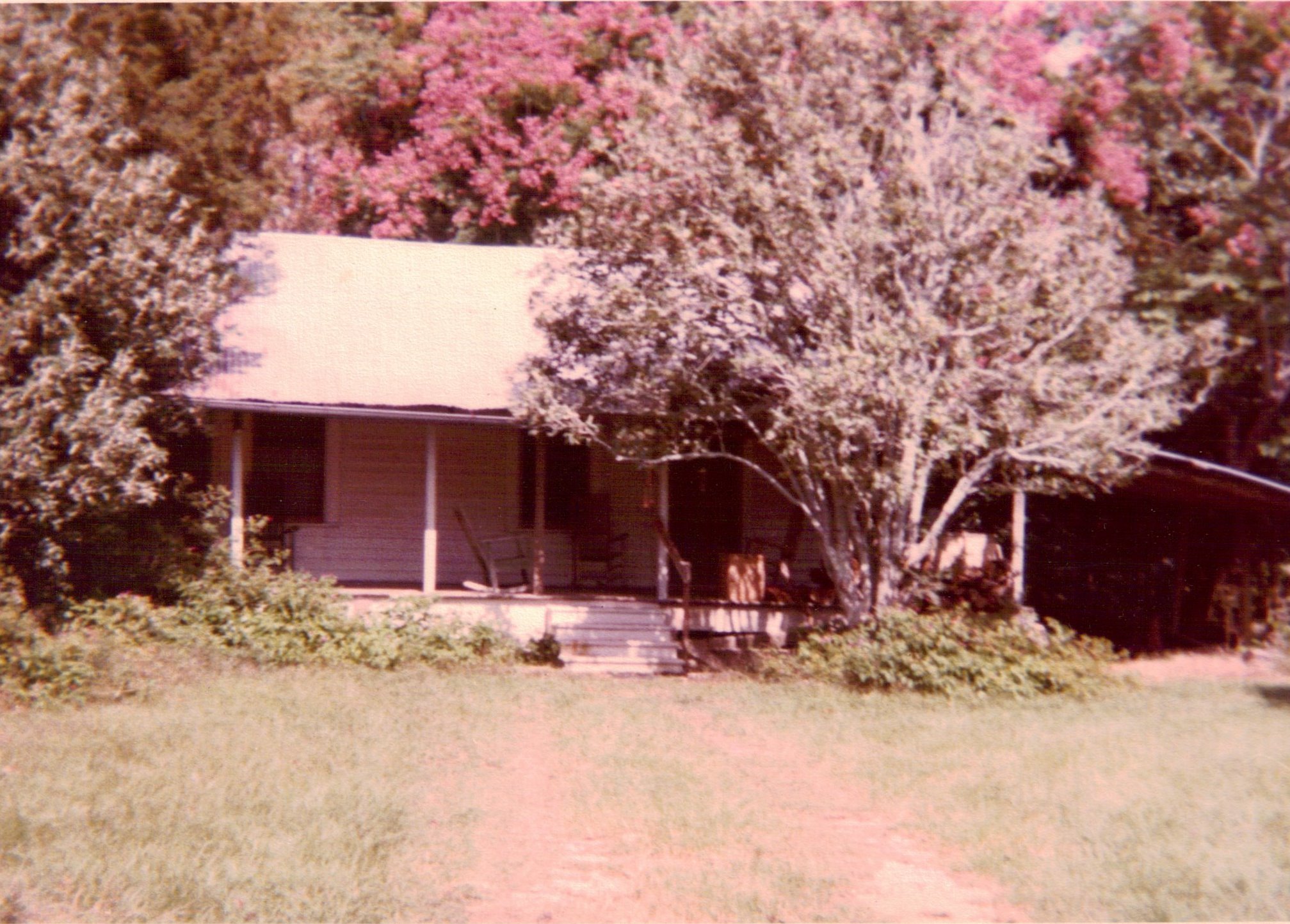
Is there anything the writer William T. Vollmann won’t try for the sake of a good story? He visits a Japanese make-up artist who caters to Japanese businessmen who secretly want to cross-dress. He discovers, among other things, that the greatest cosmetic obstacle to men looking like women is “coarse skin.” More:
She selects a wig. Then she invites me to study myself in the mirror; and it seems that a woman is looking back at me–not a beautiful woman, perhaps; but still, here is someone who came into the world just now and will exist more briefly than I, a woman who has feelings (my feelings); she wants to look her best. What is grace? I assuredly lack it. But I have become pleasingly alien to myself; I am other just as distinctly as misted purple-gray mountains stand out from blindingly snowy rice-fields.
What changed my appearance the most?–The wig and the lipstick, I would say; much of the other procedures simply diverted attention from the age of my skin. In this connection it is interesting to insert another claim by the zoologist Desmond Morris: Long hair and a hairless (or pale and uniform) face increase contrast, thereby making the woman more visible to potential mates. Puffed-out lips (and my made-up mouth does express the illusion of more voluminous lips) are more juvenile, hence indicative, I suppose, of fresher ova.–But then I wonder to what extent convention plays a part. Why wouldn’t Cro-Magnon men have let their hair grow as long as their women did? Besides, the Noh museum in Kanazawa displays a certain atsuita, a thick cloth robe mostly for male roles, which offers its audience a base of turtle-shell octagons, with embroidered patterns pertaining to each of the four seasons within cloud- or fan-shaped borders; it is beautiful, but why should it be male?
–And so once again I feel myself to be, as I so often do when I try to comprehend the nuances of Noh, an ape in a cage.–In Yukiko’s studio, an ape in a wig stares back at me with sad blue eyes.

